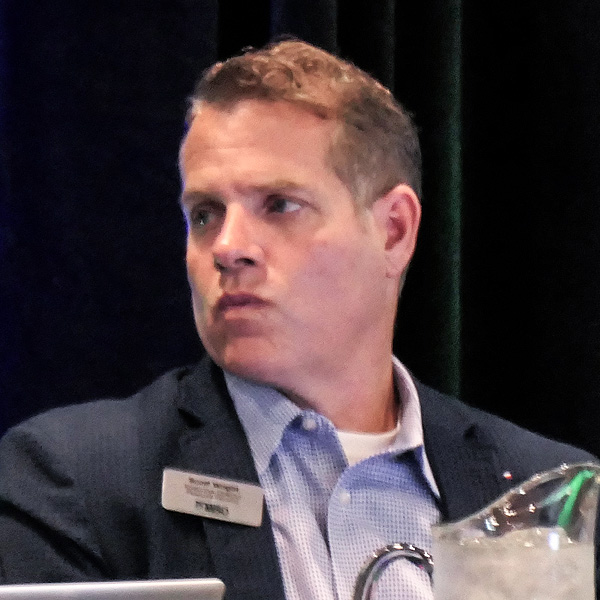CAISO is looking at scrapping a catalog of about 60 proposed policies, which include many stakeholder suggestions, saying the document has become “unwieldy” and it might be better to start over from scratch.
The ISO’s so-called “policy catalog” lists current, planned or potential policy initiatives aimed at enhancing CAISO markets. The catalog is used in crafting CAISO’s policy roadmap, which details what CAISO intends to take on over the next three years.
The policy catalog and roadmap were discussed Tuesday during a meeting of the Western Energy Imbalance Market (WEIM) Regional Issues Forum (RIF).
CAISO updates the policy catalog twice a year; stakeholders can submit suggestions at any time. With about 60 policy initiatives, the latest catalog, released in March, “has proven a little bit unwieldy,” said Becky Robinson, CAISO’s principal economist and director of market strategy and governance.
“There’s often more in the catalog than there is bandwidth to take on,” Robinson said.
CAISO is asking the RIF for ideas to make the catalog “more meaningful and relevant,” she said.
One option would be to consolidate the existing catalog, with stakeholders grouping and prioritizing the initiatives. The second option would be to start over with a “clean slate.” Stakeholders could submit new proposals or re-submit earlier suggestions.
In going from the catalog to the policy roadmap, CAISO would like to coordinate the plan with its strategic goals, resources and other planning processes.
RIF’s Expanded Role
Discussion of the policy catalog and roadmap comes as the RIF is expanding its role at CAISO.
The RIF is an independent, self-governing body that includes stakeholders from various sectors across the Western Interconnection. It provides feedback on WEIM-related issues.
RIF’s enhanced role was mentioned in January, when the WEIM Governing Body and ISO Board of Governors approved changes recommended in the WEIM Governance Review Committee’s Phase Three (EDAM) Final Proposal. (See CAISO Approves Day-ahead Market for Western EIM.)
In its proposal, the committee “encouraged the RIF to continue its transition from a role that was largely educational at its outset to one that is capable of providing advisory input as well.” The committee urged CAISO staff to support the transition.
Josh Walter, who chairs the RIF, said the forum’s evolution “provides the opportunity to have a more meaningful impact on the WEIM’s Governing Body and their decision-making.”
“This new role allows the RIF to discuss and opine on active stakeholder initiatives, provide direct input to the Governing Body on decisional issues independent of CAISO staff and serves as an important resource in market development and enhancement decisions,” Walter told RTO Insider.
During Tuesday’s meeting, WEIM Governing Body member Anita Decker said she’s looking forward to watching “this evolution of the RIF.”
“I really want to reinforce that the RIF really is part of the WEIM governance,” Decker said. “We want to hear from you.”
Noting that the Governing Body already is “highly supportive” of the RIF, Meg McNaul, the forum’s vice chair, pointed to two immediate goals for the group. One goal is to help stakeholders communicate their policy positions to CAISO through the existing process.
The second goal is a new endeavor for the RIF. The group will organize a roundtable discussion on CAISO’s policy catalog and roadmap so stakeholders can weigh in on prioritization of initiatives. The first roundtable is expected to take place early next year.
The RIF also has a longer-term role, McNaul told RTO Insider.
“As the EIM evolves, the RIF can play an important role in contributing to the regional dialogue on topics of importance to the stakeholder community, as shown by this week’s in-depth discussion of price formation topics,” she said.
What’s in the Catalog
Proposals in CAISO’s policy catalog are those that would require a stakeholder process and typically result in ISO tariff changes.
The latest version of the catalog lists, “Initiatives Currently Underway and Planned,” which include enhancements to resource adequacy, day-ahead markets, price formation and energy storage modeling.
Among its 57 “discretionary initiatives,” the catalog lists pumped storage with multiple pumping levels, balancing-area-authority islanding of internal regions, and a potential WEIM-wide transmission rate.
